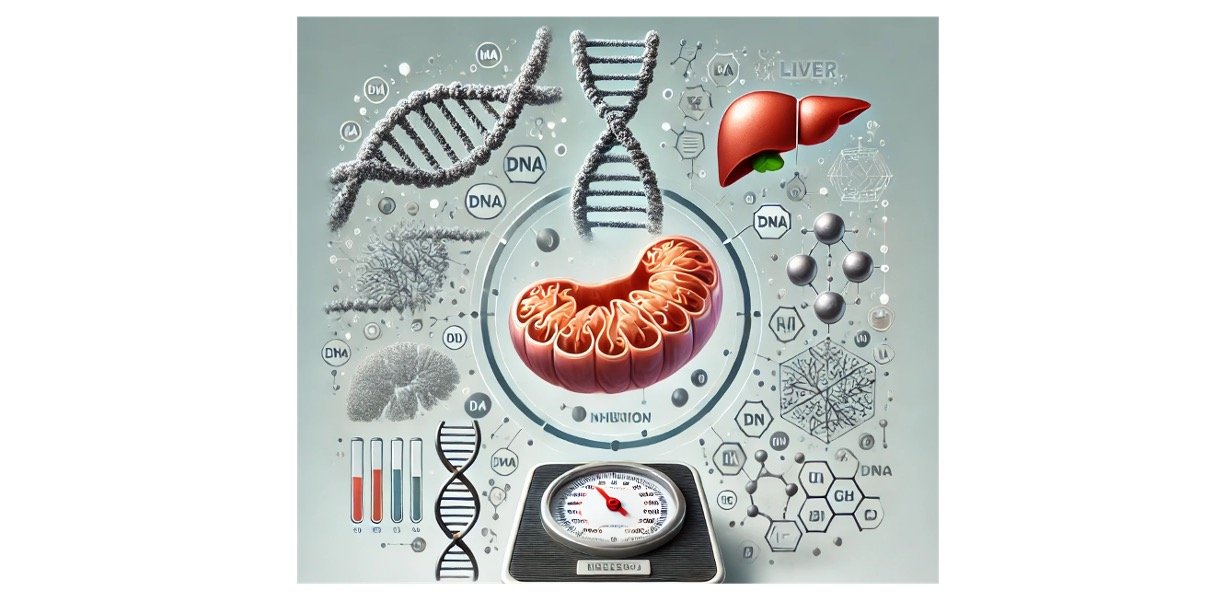About Micronucleus Assay
Genotoxicity is a word in genetics defined as a destructive or adverse effect on a cell’s genetic material either DNA or RNA, affecting its integrity.
Genotoxins are mutagens (compounds that changes nucleotide); they can cause mutations.
Genotoxins include both radiation and chemical genotoxins.
A substance (radiation and chemical compounds) that has the property of genotoxicity is known as a genotoxin.
Micronucleus Assay Principle
The purpose of in vitro testing is to determine whether an environmental factor, substrate, or any product induces damage to genetic material.
One technique entails cytogenetic assays using different animals cells.
The aberrations detected in cells affected by a genotoxic substance are chromosome gaps, chromatid, complex rearrangements, chromosome breaks, fragmentation, translocation, chromatid deletions, and many more.
One such example is testing for the formation of micronuclei.
The micronucleus test is used as a tool for genotoxicity assessment of various chemicals.
Chromosomal aberration test is easy to conduct in order to evaluate genotoxicity.
A micronucleus is the erratic (third) nucleus that is formed during the anaphase of mitosis or meiosis.
Micronuclei (the name means ‘small nucleus’) are cytoplasmic bodies having a portion of acentric chromosome or whole chromosome which was not carried to the opposite poles during the anaphase.
Micronuclei formation results in the daughter cell lacking a part or all of a chromosome.
These fragments of chromosome or whole chromosomes normally develop nuclear membranes and form as micronuclei as a third nucleus.
After cytokinesis, one daughter cell ends up with one nucleus and the other ends up with one large and one small nucleus, i.e., micronuclei.
There is a chance of more than one micronucleus forming when more genetic damage has happened.
Micronucleus Assay Requirements
1. Cancer cell line
2. Media (DMEM or alpha MEM)
3. FBS
4. 12 well or 24 well or 4 well plate or 6 well plate
5. Coverslips
6. 1X PBS (pH-7.2)
7. Triton-X 100- 0.05%
8. Ethanol-70%
9. Paraformaldehyde (PFA)-4%
10. Dapi stain (0.5 ug/ml)
11. Bright field microscope
Procedure of Micronucleus Assay
1. MDA-MB-468 cells were grown on coverslips in 12 well plates.
2. After treatment period (24 hour or 48 hour), media was removed and cells were washed twice with PBS. Further the cells were fixed in 4% PFA (1 hour at RT or overnight to 1 week at 4oC).
3. After fixation PFA was removed and the cells were washed with PBS (pH 7.2)
4. After washing add 0.05% triton –X 100 (it should cover the cells grown on coverslip) and incubate for 1 hour.
5. After incubation triton-X 100 was removed and the cells were washed gently with PBS (pH-7.2).
6. After washing Dapi stain was added (it should cover the surface and make sure it should not get dried during incubation) and incubate for 30 minutes. Observe under fluorescence microscope.
Note: For better result cells should be 70%-80% confluent.
Micronucleus Assay Citations:
Share









